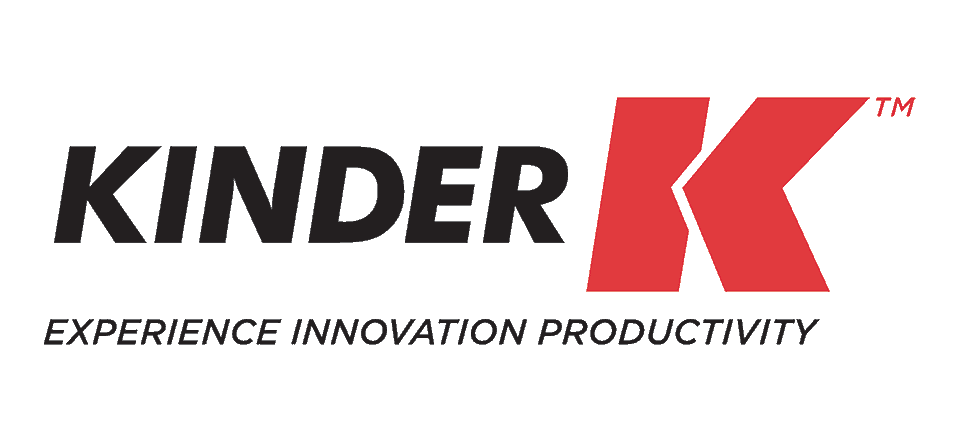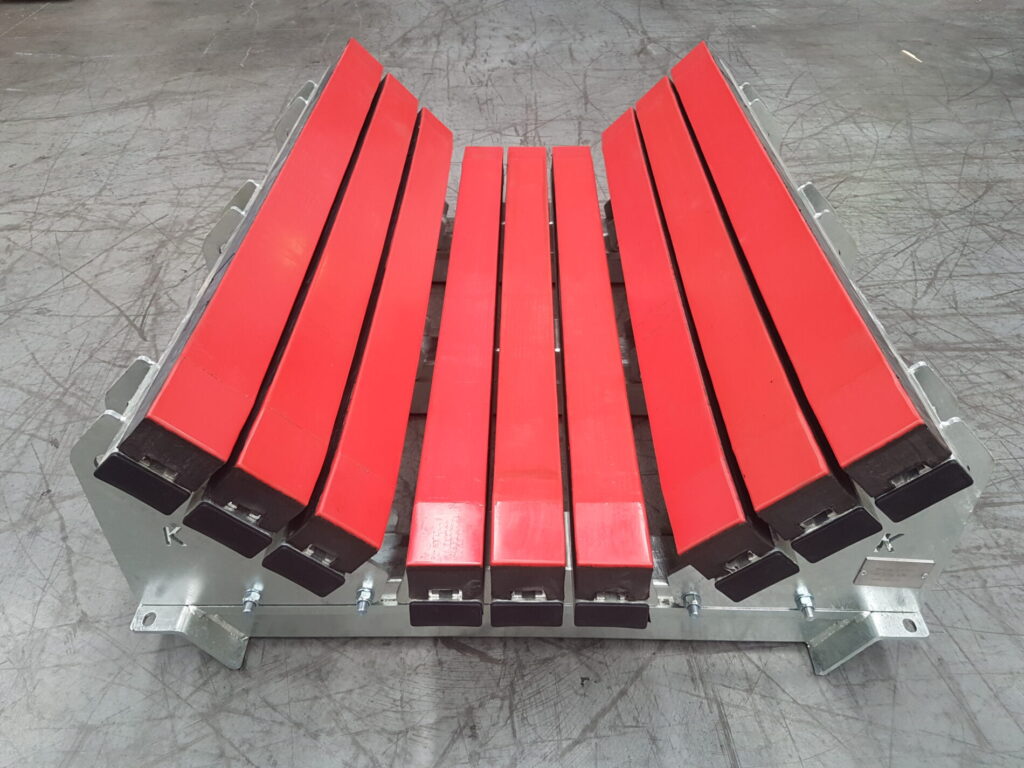Kinder Australia creates real measurable productivity gains through engineered operational improvements to existing transfer points, material flow and conveyor systems.
In the bulk materials handling industry, Kinder Australia has developed over time the excellent reputation and proven history of providing a comprehensive range of beyond expectation, high performance, longer lasting, reliable and compliant conveyor componentry and material flow. These engineered solutions resolve the immediate problem effectively, and create opportunities for further measurable gains by improving the overall performance of your production assets, as well as reducing shutdown time and labour resources.
Measuring order fulfilment by price and speed are still important to us and our dispatch KPI’s are second-to-none. Our ISO 9001 accreditation sets us international benchmarks for quality which we continually maintain.
Our absolute focus is to resolve and advance our customers end-to-end handling processes by utilising our broad industry experience and expert engineering knowledge of emerging technologies.




































